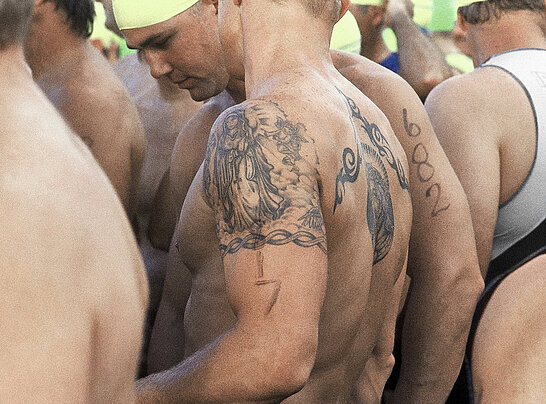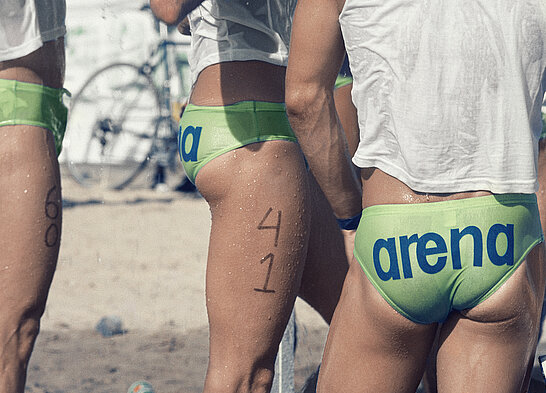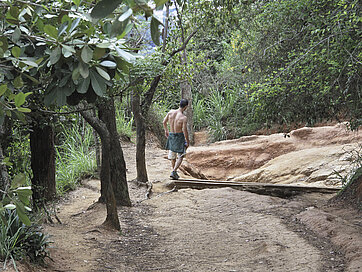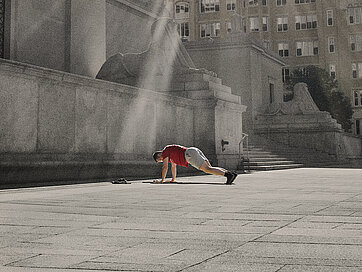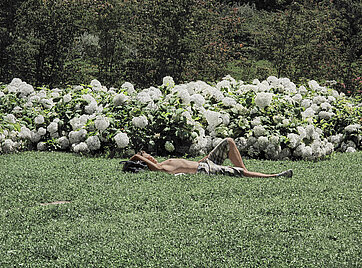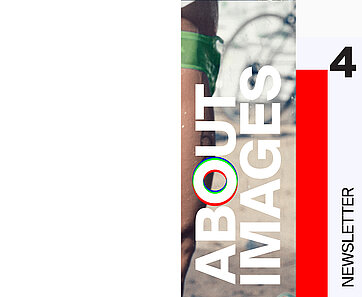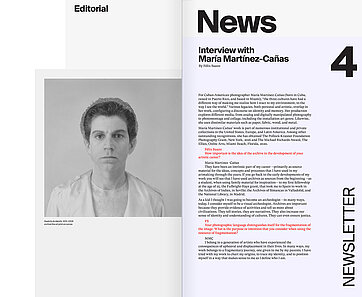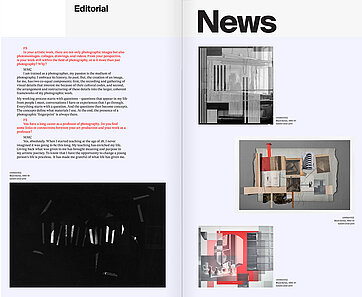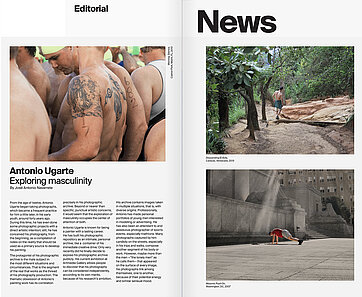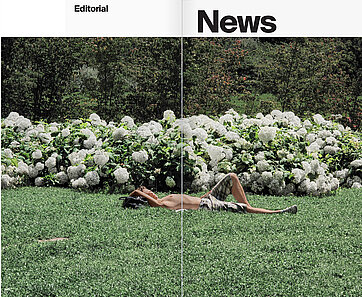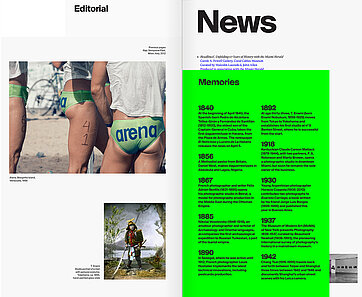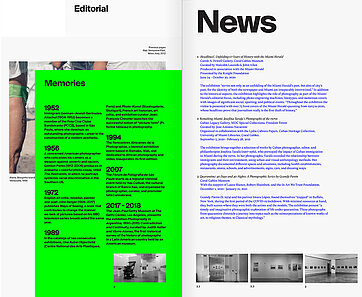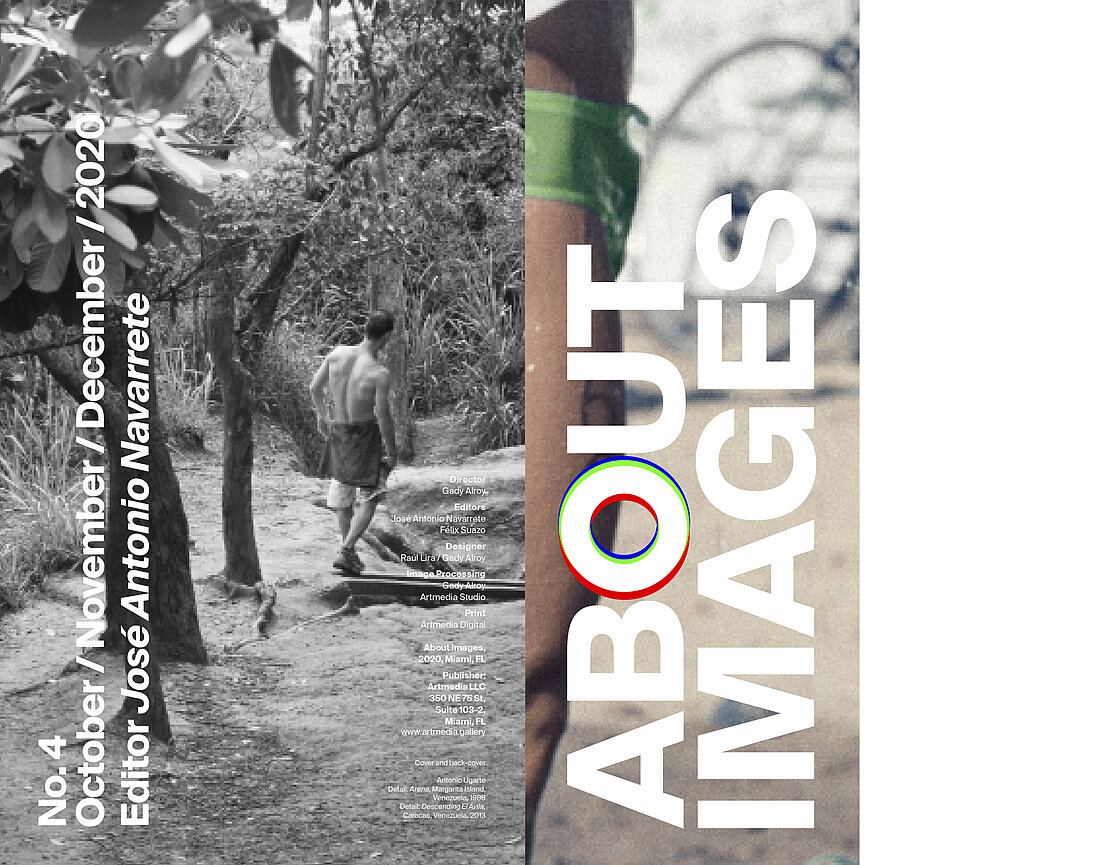
Editorial
The Ellies —Miami’s Visual Arts Awards— “celebrate the individual artists who are the backbone of Miami’s visual arts community,” according to the statement of this grant program. At Artmedia, we are proud of Gady Alroy, our director, a 2020 Creator Award Winner for About Images, the publication you are reading right now. Even though this quarterly newsletter results from a collective effort, Alroy gave it the initial impulse, has always been the energy and force behind it, and sometimes a sort of “nightmare” for his collaborators.
2020 will be remembered in the future, in the first place, for the COVID19 pandemic and, related to it, the considerable amount of dead people and the economic recession internationally. Having edited and produced during this year the four issues of About Images that initially we planned has been, for our team, a striven goal achieved in the middle of an uncertain world, between lockdowns and their reversals, fears and precautions. However, at the same time, the privilege of working systematically and with an unaltered schedule. We extend our thanks to people that have incorporated their steps into our project in those dark times.
We have stated before that for About Images are important the production processes, the artistic ideas, the social functions of images, and the modes in which they circulate in contemporary society. From its first number until now, the newsletter includes three main sections: an editorial, an interview with a personality, and a text about an artist, both people with connections with the local art scene. The publication also joins news on current exhibitions in Miami Dade and surrounding counties with a timeline of events corresponding to photography and video’s international history. Consequently, About Images aspires to become a local, national, and international promoter of images in the cultural practices of what we have previously identified as our geographical-cultural area of interest: South Florida, from Palm Beach to Monroe counties. After finishing this fourth issue, it is time to evaluate our pass.
By: José Antonio Navarrete
“I think if I didn’t have
photography, I probably
wouldn’t see the world the
way I look at it. So it’s always
tied up with photography,
or art. If I see something
interesting it’s always I
need to make a picture of
that. It’s nice to just say,
“wow, great” but to me
it’s unsatisfying just to go
“wow”. I need to make a
picture to almost let people
know what’s possible.”
Abelardo Morell
Anna Ploegh. “Artist Feature: Abelardo Morell.” [Interview + Photography]. Nat.Brut, Spring 2013, n° 3, www.natbrut.com

Interview with María Martínez-Cañas
By Félix Suazo
Photo: Duplicity As Identity 50%, 2008, archival fine art print on canvas
For Cuban-American photographer María Martínez-Cañas (born in Cuba, raised in Puerto Rico, and based in Miami), “the three cultures have had a different way of making me realize how I react to my environment, to the way I see the world.” Various legacies, both personal and artistic, overlap in her work, configuring a discourse on identity and memory. Her production explores different media, from analog and digitally manipulated photography to photomontage and collage, including the installation art genre. Likewise, she uses dissimilar materials such as paper, fabric, wood, and metal.
María Martínez-Cañas’ work is part of numerous institutional and private collections in the United States, Europe, and Latin America. Among other outstanding recognitions, she has obtained The Pollock-Krasner Foundation Photography Grant, New York, 2016 and The Michael Richards Award, The Ellies, Oolite Arts, Miami Beach, Florida, 2020.
Félix Suazo
How important is the idea of the archive in the development of your artistic career?
María Martínez-Cañas
They have been an intrinsic part of my career —primarily as source material for the ideas, concepts and processes that I have used in my artmaking through the years. If you go back to the early developments of my work you will see that I have used archives as sources from the beginning —as a student, when using family material for inspiration— to my first fellowship at the age of 25, the Fulbright-Hays grant, that took me to Spain to work in the Archives of Indies, in Seville; the Archives of Simancas in Valladolid, and the National Library, in Madrid.
As a kid I thought I was going to become an archeologist — in many ways, today, I consider myself to be a visual archeologist. Archives are important because they provide evidence of activities and tell us more about civilizations. They tell stories, they are narratives. They also increase our sense of identity and understanding of cultures. They can even ensure justice.
FS
Your photographic language distinguishes itself for the fragmentation of the image. What is the purpose or intention that you consider when using the resource of fragmentation?
MMC
I belong to a generation of artists who have experienced the consequences of upheaval and displacement in their lives. In many ways, my work belongs to a fragmentary journey, one given to me by my parents. I have tried with my work to chart my origins, to trace my identity, and to position myself in a way that makes sense to me as I define who I am.
FS
In your artistic work, there are not only photographic images but also photomontages, collages, drawings, and videos. From your perspective, is your work still within the field of photography, or is it more than just photography? Why?
MMC
I am trained as a photographer, my passion is the medium of photography. I embrace its history, its past. But, the creation of an image, for me, has two co-equal components: first, the recording and gathering of visual details that interest me because of their cultural codes, and second, the arrangement and restructuring of these details into the larger, coherent frameworks of my photographic work.
My working process starts with questions —questions that appear in my life from people I meet, conversations I have or experiences that I go through. Everything starts with a question. And the questions then become concepts. The concepts define what materials I use. At the end, the presence of a photographic ‘fingerprint’ is always there.
FS
You have a long career as a professor of photography. Do you find some links or connections between your art production and your work as a professor?
MMC
Yes, absolutely. When I started teaching at the age of 28, I never imagined it was going to be this long. My teaching has enriched my life. Giving back what was given to me has brought meaning and purpose to my artistic journey. To know that I have the opportunity to change a young person’s life is priceless. It has made me grateful of what life has given me.
Antonio Ugarte
Exploring masculinity
By José Antonio Navarrete
From the age of twelve, Antonio Ugarte began taking photographs, which became a frequent practice for him a little later, in his early youth, around forty years ago. During this time, he has even done some photographic projects with a direct artistic intention; still, he has conceived his photography, from the beginning, as a compilation of notes on the reality that should be used as a primary source to develop his painting.
The protagonist of his photographic archive is the male subject in the most different situations and circumstances. That is the segment of the real that works as the thread of his photography production. The thematic obsession of Antonio’s painting work has its correlation precisely in his photographic archive. Beyond or nearer than specific, punctual artistic concerns, it would seem that the exploration of masculinity occupies the center of attention of both.
Antonio Ugarte is known for being a painter with a lasting career. He has built his photographic repository as an intimate, personal archive, like a container of his immediate creative drive. Only very recently did he finally decide to expose his photographic archive publicly. His current exhibition at Artmedia Gallery allows people to discover that his photography can be considered independently, according to its own merits, because of his research’s ambition.
His archive contains images taken in multiple situations, that is, with diverse origins. Professionally, Antonio has made personal portfolios of young men interested in modeling or advertising. He has also been an attendant to and assiduous photographer of sports events, especially triathlons. Many photographs captured by him candidly on the streets, especially in his trips and walks, compose another segment of his body or work. However, maybe more than the men —”the lonely men” as he calls them— that appeared on the surface of every image, his photographs link among themselves, one to another, because of their potential energy and similar sensual mood.
Memories
1840
At the beginning of April 1840, the Spanish-born Pedro de Alcántara Téllez-Girón y Fernández de Santillán (1812-1900), the eldest son of the Captain-General in Cuba, takes the first daguerreotype in Havana, from the Plaza de Armas. The newspaper El Noticioso y Lucero de La Habana releases the news on April 5.
1856
A Methodist pastor from Britain, Daniel West, makes daguerreotypes in Abeokuta and Lagos, Nigeria.
1867
French photographer and writer Félix Adrien Bonfils (1831-1885) opens his photographic studio in Beirut, a model for photography production in the Middle East during the Ottoman Empire.
1885
Nikolai Veselovsky (1848-1918), an amateur photographer and scholar of Archaeology and Oriental languages, accompanies the first archaeological expedition to Russian Turkestan, a part of the tsarist empire.
1890
In Senegal, where he was active until 1912, French photographer Louis Hostalier implements the latest technical innovations, including postcards production.
1892
At age thirty-three, T. Enami (born Enami Nobukuni, 1859-1929) moves from Tokyo to Yokohama and establishes his first studio at n° 9 Benten Street, where he is successful from the start.
1918
Kentuckian Claude Carson Matlack (1878-1944), with two partners, F. A. Robinson and Manly Brower, opens a photographic studio in downtown Miami, but soon he remains the sole owner of the business.
1930
Young Argentinian photographer Horacio Coppola (1906-2012) contributes two photographs to Evaristo Carriego, a book written by his friend Jorge Luis Borges (1899-1986) and published this year in Buenos Aires.
1937
The Museum of Modern Art (MoMA) of New York presents Photography 1839-1937, curated by Beaumont Newhall (1908-1993), the pioneering international survey of photography’s history in a mainstream museum.
1942
Chang Tsai (1916-1995) travels back and forth between Taipei and Shanghai three times between 1942 and 1946 and documents Shanghai’s urban street scenes with his Leica camera.
1952
Immigrant German-Jewish Gertrudes Altschul (1904-1952) becomes a member of the Foto Cine Clube Bandeirante (FCCB), based in São Paulo, where she develops an outstanding photographic career in the construction of a modern aesthetic.
1956
A concerned American photographer who conceives his camera as a weapon against poverty and racism, Gordon Parks (1912-2006) produces in Alabama a colorful photo essay, titled The Restraints, in which he portrays systemic racial discrimination in the Southern US.
1972
English art critic, novelist, painter and poet John Berger (1926-2017) publishes Ways of Seeing, a book that contributes to change the manner we look at pictures based on his BBC television series broadcasted the same year.
1989
In the catalogs of two consecutive exhibitions, Une Autre Objectivité (Centre National des Arts Plastiques, Paris) and Photo-Kunst (Staatsgalerie, Stuttgart), French art historian, art critic, and exhibition curator Jean-François Chevrier launches the successful notion of “picture form” (Fr. forme tableau) in photography.
1994
The Rencontres Africaines de la Photographie, a biennial exhibition event based in Bamako, Mali, and dedicated to African photography and video, inaugurates its first edition.
2007
The Fórum de Fotografia de São Paulo starts as a regional triennial event held by Itaú Cultual, the cultural branch of Banco Itaú, and organized by photographer, curator, and promoter Iatâ Cannabrava.
2017-2018
The Jean-Paul Getty Museum at The Getty Center, Los Angeles, presents the exhibition Photography in Argentina, 1850–2010: Contradiction and Continuity, curated by Judith Keller and Idurre Alonso, the first historical survey of the history of photography in a Latin American country held by an American museum.
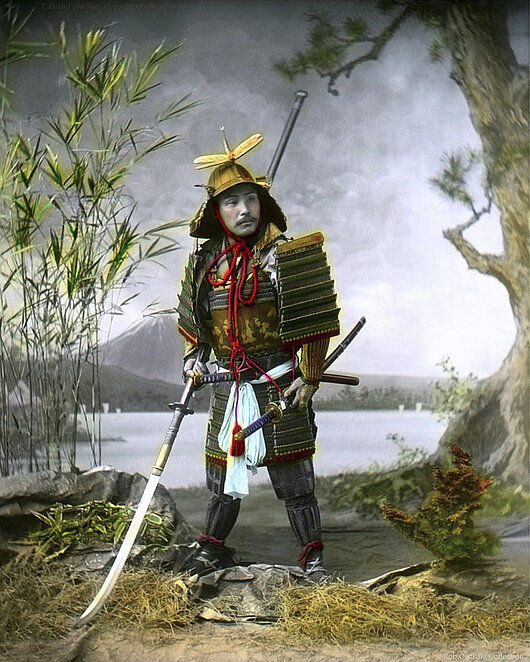
T. Enami
Studio portrait of a man
with samurai costume,
Yokohama, ca. 1895,
hand-painted glass slide
News
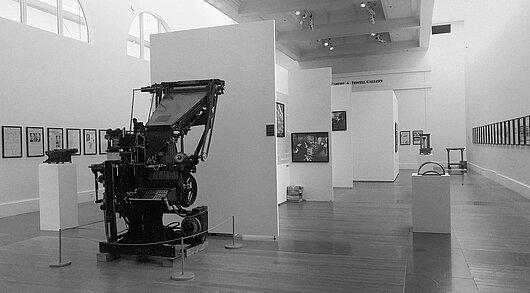
1 Headlines!. Unfolding 117 Years of History with the Miami Herald
Carole A. Fewell Gallery, Coral Cables Museum
Curated by Malcolm Lauredo & John Allen
Produced in association with the Miami Herald
Presented by the Knight Foundation
June 24 – October 30, 2020
The exhibition “serves not only as an unfolding of the Miami Herald’s past, but also of city’s past, for the identity of both the newspaper and Miami are inseparably intertwined.” In addition to the historical aspects, the exhibition highlights the role of photography as part of the Miami Herald’s editorial focus, including photo-engraving machines, linotypes, and numerous covers with images of significant social, sporting, and political events. “Throughout the exhibition the visitor is presented with over 75 front covers of the Miami Herald spanning from 1903 to 2020, whose headlines prove that journalism really is the first draft of history.”
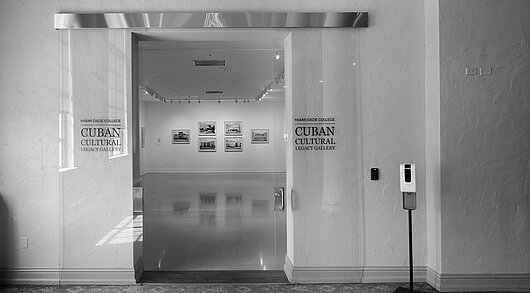
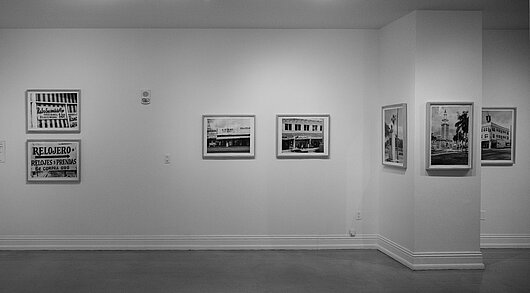
2 Remaking Miami: Josefina Tarafa’s Photographs of the 1970s
Cuban Legacy Gallery, MDC Special Collections, Freedom Tower
Curated by José Antonio Navarrete
Organized in collaboration with the Lydia Cabrera Papers, Cuban Heritage Collection, University of Miami Libraries, Coral Gables.
September 5, 2020 - February 28, 2021
The exhibition brings together a selection of works by Cuban photographer, editor, and philanthropist Josefina Tarafa (1907-1982), who portrayed the impact of Cuban immigration in Miami during the 1970s. In her photographs, Tarafa recorded the relationship between immigrants and their environment, using urban and visual anthropology methods. Her photography documented different spaces and situations, including health establishments, restaurants, stores, schools, and advertisements, signs, cars, and dressing ways.
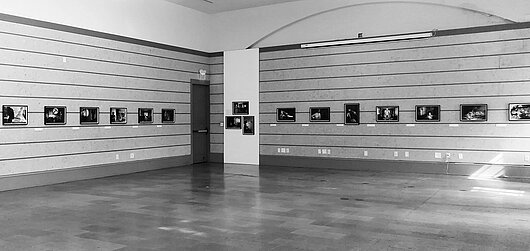
3 Quarantine: 40 Days and 40 Nights: A Photographic Series by Geandy Pavón
Coral Gables Museum
With the support of Laura Blanco, Robert Shainheit, and the In Art We Trust Foundation.
December 1, 2020 - January 21, 2021
Geandy Pavón (b. 1974) and his partner Imara López, found themselves “trapped” in Buffalo, New York, during the first period of the COVID-19 lockdown. With minimal resources at hand, they built scenes where they were both the artists and the models. The exhibition present “a timely and imaginative photographic exploration of life under quarantine. These photographs from quarantine chronicle a journey into topics such as the reinterpretations of known works of art, to religious themes, to Classical mythology.”


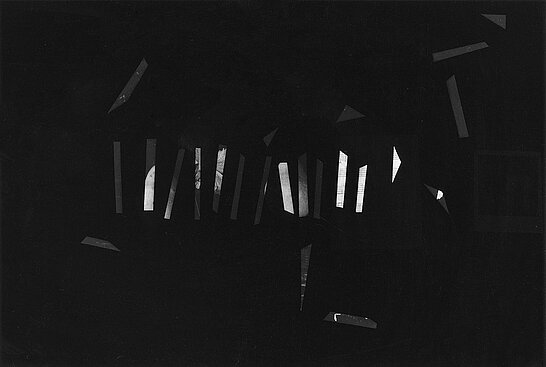
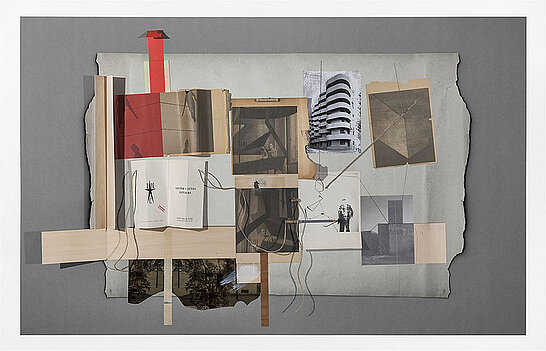
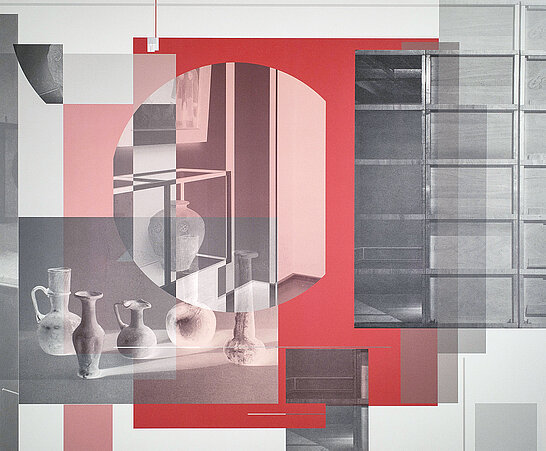
![Untitled [066].](/fileadmin/_processed_/0/7/csm_Untitled_066_From_the_series_Tracing_a64b405d32.jpg)
